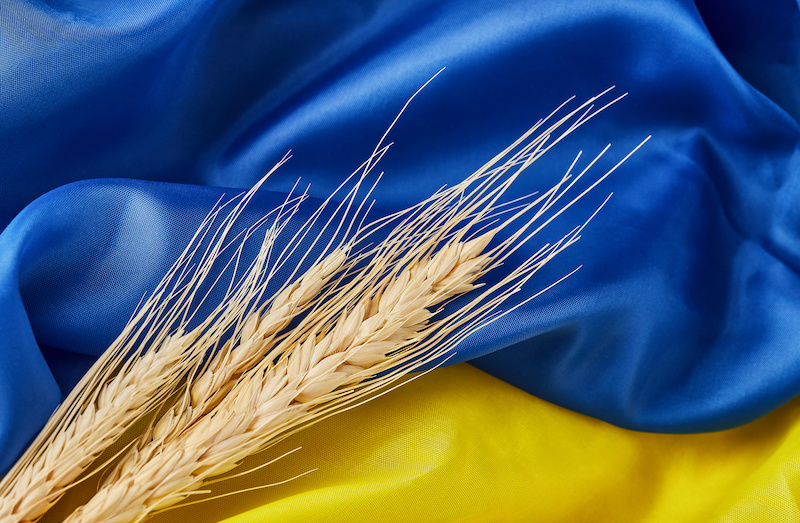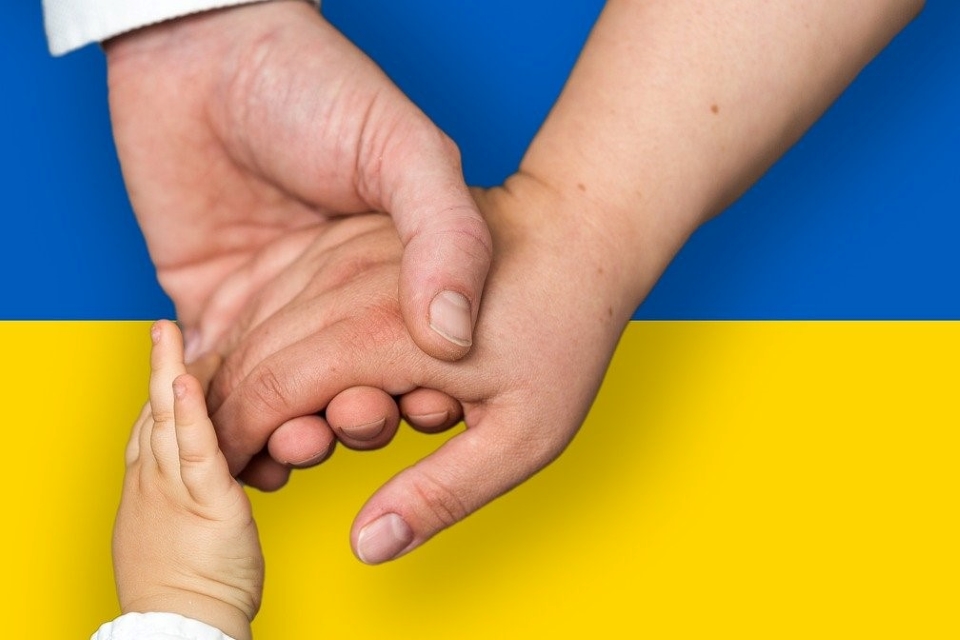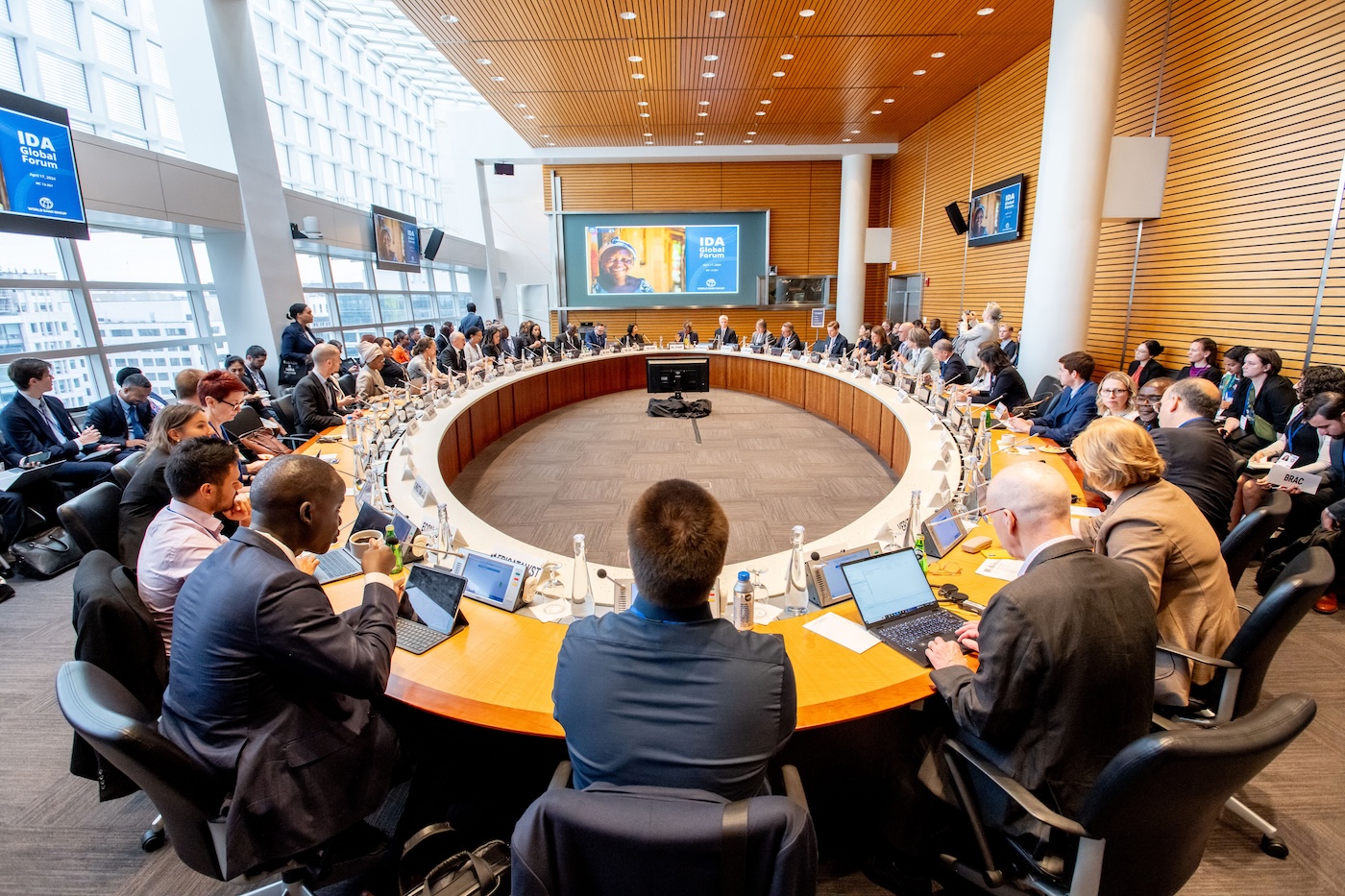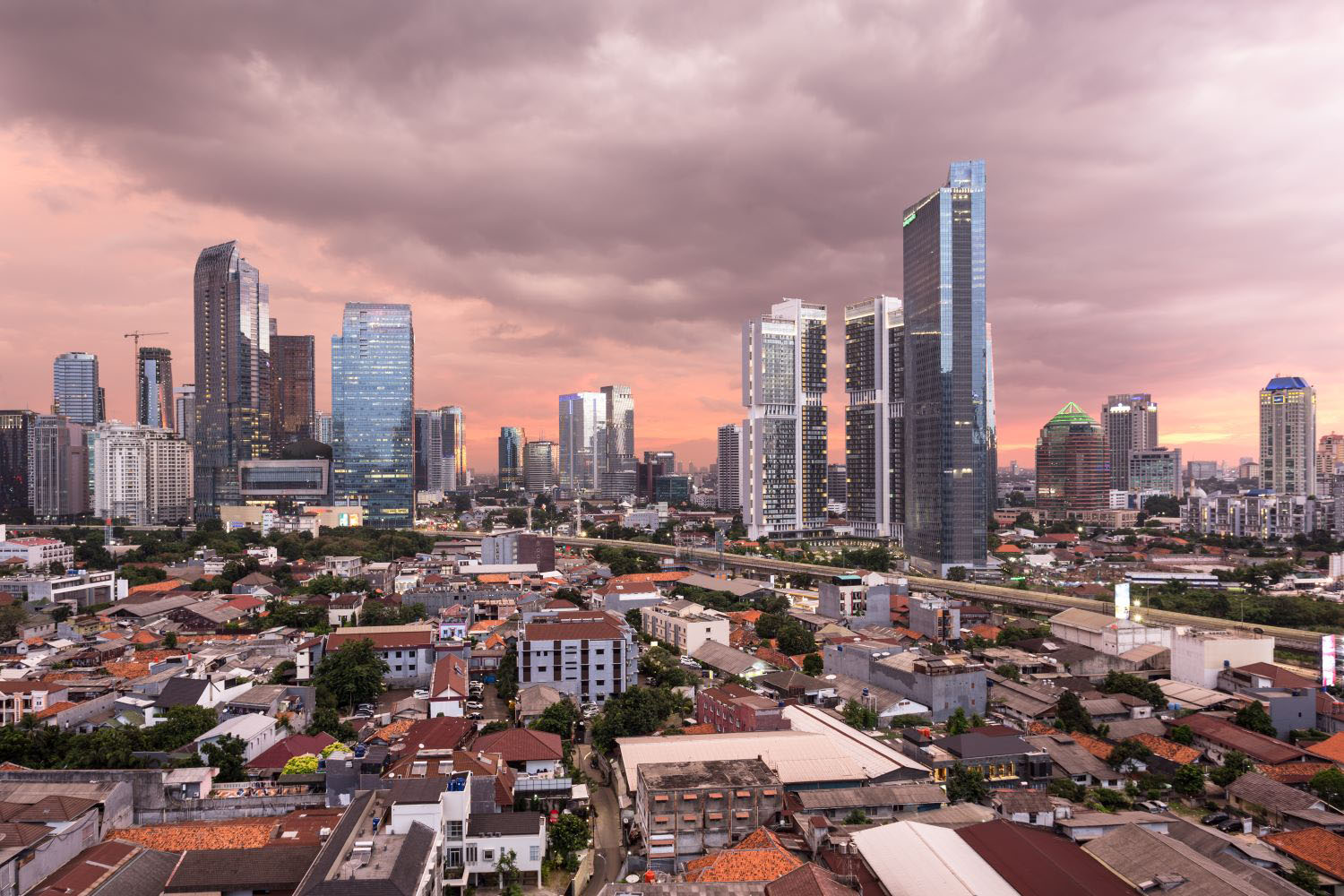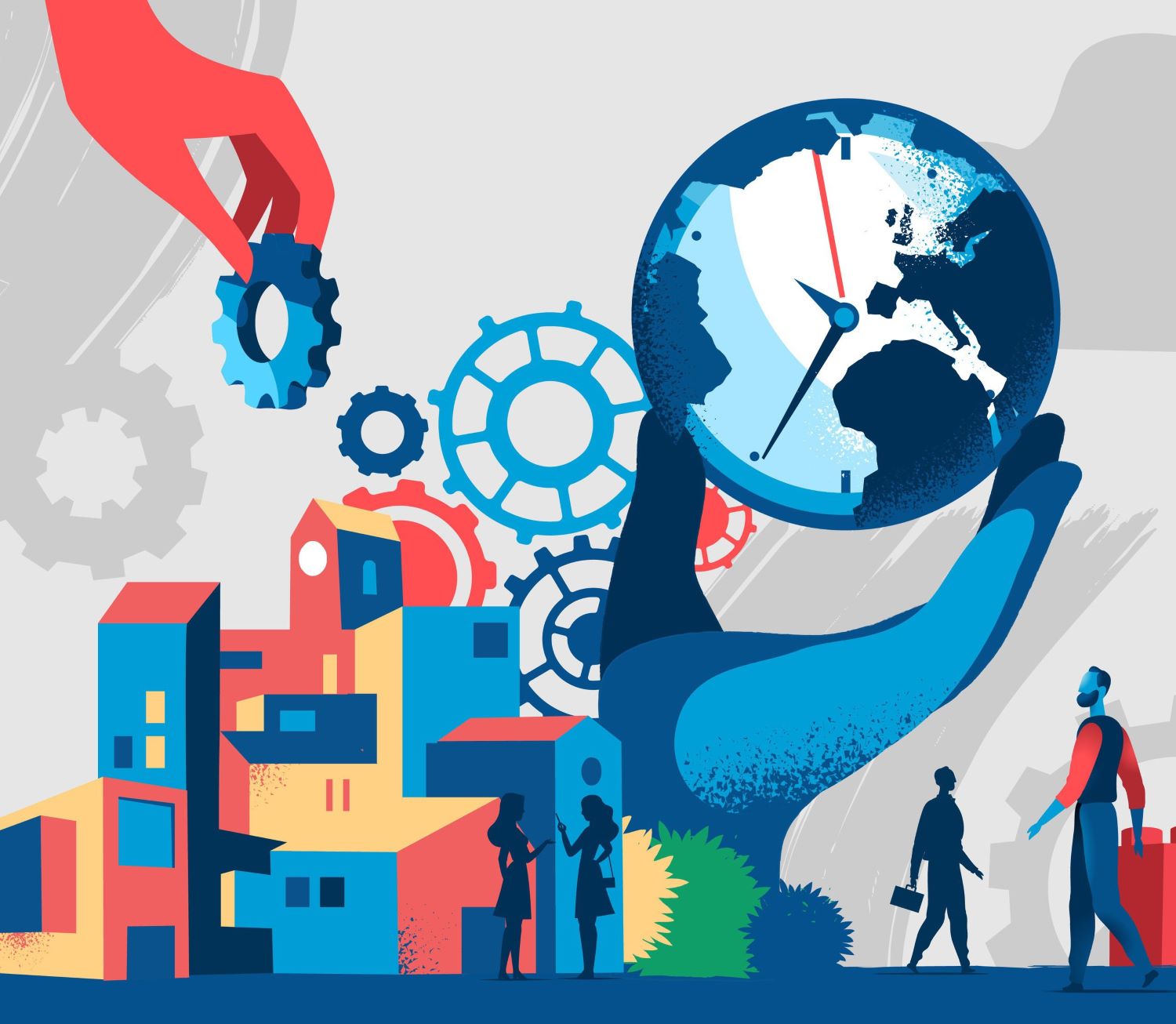Ukraine has close to $2.7 billion in principal and interest payments due to the World Bank and IMF in 2022. The government of Ukraine should not be expected to repay its debt to the international financial institutions (IFIs) while it is mobilizing all its resources to fend off the Russian invasion and provide vital services to its citizens.
As part of a slew of bills on Ukraine, the US House Financial Services Committee passed the Ukraine Comprehensive Debt Repayment Relief Act that would instruct the US Treasury to advocate that the IFIs “immediately suspend all debt service payments owed to the institution[s] by Ukraine.”
Debt relief is often the fastest, most direct route to provide a country fiscal support. But the path to IFI payment relief isn’t always straightforward. IFIs and their shareholders will need get creative so that the Ukrainian government does not fall into arrears with the IFIs, which would perversely hinder its ability to secure more funding and keep its government operating. Given the uncertainty of the situation on the ground and the outcome of the war the international community should not get distracted with proposals for a full Ukrainian IFI write-off or restructuring. Such considerations should be left for after the war, if the Zelenskyy government prevails. Instead, the priority should be to provide fast cash-flow relief as payments come due.
Ukraine Yearly External Debt Service ($ millions)
| Category |
2022 |
Percentage |
| IMF |
2356 |
37% |
| Eurobonds |
2564 |
40% |
| Other loans (total) |
1428 |
22% |
| – World Bank |
595 |
9% |
| – Other |
339 |
5% |
| – Paris Club |
494 |
8% |
| Total |
6348 |
100% |
Source: National Bank of Ukraine, World Bank International Debt Statistics
There is no direct mechanism for the IFIs to provide debt service suspension to a member country. The G20 exempts the IFIs from the recent Debt Service Suspension Initiative (DSSI) it rolled out for the world’s poorest countries during the COVID-19 pandemic. For the World Bank’s International Development Association (IDA), the rationale was to maximize new financing and maintain positive net financing to pandemic-affected countries. Debt suspension would have negatively affected IDA reflows and cut back IDA’s ability to surge its program. (See here for why we thought that was a good idea at the time.) On the IMF side, the Fund expanded its donor-funded Catastrophe Containment and Relief Trust (CCRT) and provided grants to its lower-income borrowers at high risk of debt distress to cover debt falling due to the IMF. Ultimately, this was a better deal for countries than DSSI, since CCRT provided a cash flow write-down rather than a deferral.
So, without a formal mechanism, what are the options for Ukraine?
There are three broad options at the World Bank:
- Provide a large, no-strings-attached budget support operation that Ukraine could use to refinance its debt service to the Bank. Funding would have to be above and beyond the World Bank’s existing lending program in Ukraine, including the $3 billion package [JG1] of support over the coming months that the Bank has already announced. But this approach will likely require some financial engineering in the form of exceptional shareholder support. The IBRD’s recently approved $350 million budget support package needed $139 million in guarantees from the Netherlands and Sweden to be viable.
- Launch a CCRT-type structure at the World Bank that could be used to cover Ukraine’s debt service. This would require raising grants from donors (traditionally governments but this could include foundations). The spring meetings could be a good moment to launch a pledge drive. The Bank would have to move fast to design this facility and secure funding.
- Implement a DSSI-type mechanism and provide a one-year net present value (NPV) [JG2] neutral debt service moratorium. This would likely be the most straightforward and expedient solution. It would not require raising a large amount of grants or setting up a new facility. But it would also be untested territory for the IBRD and stakeholders would need to persuade the credit rating agencies not to interpret such a move as a technical default. To address this head-on some shareholders could commit to providing repayment guarantees on the suspended payments.
The options at the IMF are broadly the same as for the World Bank, with the addition of a possible special drawing rights (SDR) option. Ukraine’s loan repayments at the IMF will be upward of $2 billion over the course of 2022. Here are some other options:
- Keep net flows positive by providing new lending above and beyond the already agreed program. The most road-tested option is to provide new lending that would also serve to cover repayments. On March 9, the IMF disbursed $1.4 billion under its Rapid Financing Instrument (RFI) as a quick holding measure to help Ukraine meet its immediate spending needs. But more funding would need to be on the horizon.
- The IMF could set up a trust that would work like the CCRT and use recycled SDRs and donor funds to cover Ukraine’s debt service coming due. The interest cost on the SDRs could either be covered by the countries contributing SDRs, or by the IMF, or a combination of both. This could be a workable option but the IMF would need to move at lightning speed to design the instrument, get it approved by the Board, and raise the required amount of contributions.
- Implement a payment suspension or backload Ukraine’s repayments until the end of the program. This would be new territory for the IMF and would risk setting a precedent for other countries that find themselves in difficult situations. The IMF would need to define specific criteria for extending such support, especially when similar cash flow relief could be accomplished by new lending.
The IFIs weren’t first movers on debt issues during COVID. Taking an early and principled stance to this crisis could galvanize others to follow suit, including the private sector. The World Bank/IMF Spring Meetings, happening in a couple weeks, provide a unique moment for the IFIs to announce comprehensive payment relief plans. They should seek to do this alongside Paris Club creditors. And together they should pressure others, including private sector and non-Paris Club creditors to do their part.
CGD blog posts reflect the views of the authors, drawing on prior research and experience in their areas of expertise.
CGD is a nonpartisan, independent organization and does not take institutional positions.


